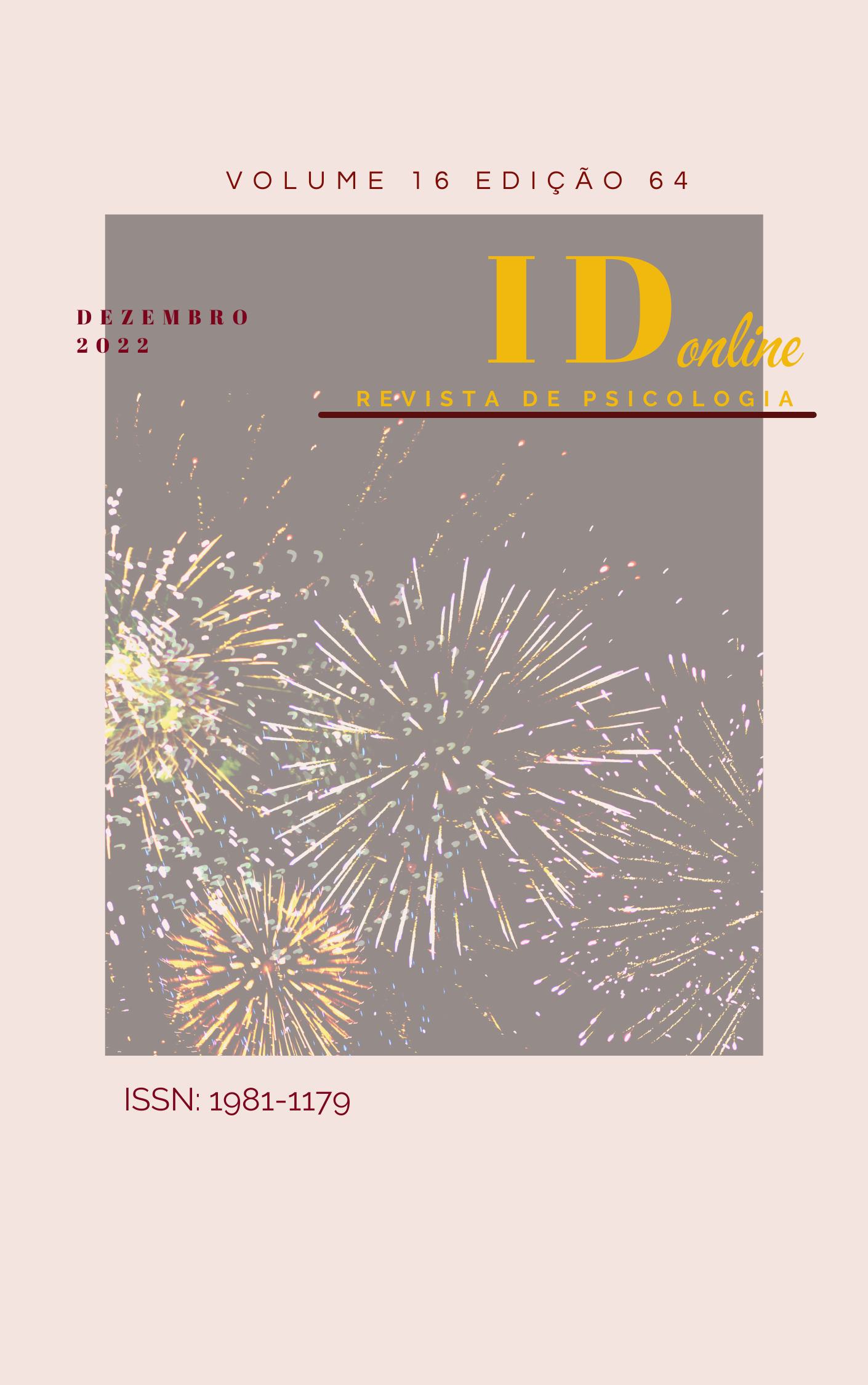The Importance of Sacred Toantes as Playfulness from the Perspective of Indigenous Early Childhood School Education
DOI:
https://doi.org/10.14295/idonline.v17i69.3902Keywords:
Indigenous school education, child literacy, cultureAbstract
This work deals with very in-depth research on the topic: The importance of sacred Toantes as entertainment from the perspective of Early Childhood Education in indigenous schools. This is a specific topic for understanding how pedagogical methodologies and practices occur through indigenous Toantes within the classroom. We know that indigenous culture is quite diverse, the cultural practices of indigenous peoples are quite diverse and carry mystical meanings that seal the union of the Village and its people. Among the cultural practices there are the coconut dance, the palm dance, the toré dance, among others. All these manifestations are accompanied by tones which are characterized as Toantes/ and or Sacred Rituals. The study aims to investigate the methodological practices of teachers in relation to indigenous tones as a form of playfulness to teach children literacy, since musicality as a playful tool for children's literacy is one of the best strategies as a pedagogical practice to establish what is being worked on. in a relaxed way. However, little is said about this methodology in terms of indigenous sacred tones within their respective schools, or whether it actually exists in terms of literacy among indigenous children. The specific legal bases of indigenous school education are permeated by the Federal Constitution of 1988, Law of Guidelines and Bases of National Education, resolution of 1999 and Presidential Decree of 2004, this legislative process aimed to guarantee and guarantee the right to ethnic difference, or In other words, teaching the Curumins (children) to read and write through sacred tones is a different method that affirms their identities, rescues their culture and also generates learning.
Downloads
References
ANDRÉ, Marli Eliza. D.A. André. Etnografia da prática escolar/e ISBN 978-85-308-1058-0. © M.R. Cornacchia Livraria e Editora Ltda. – Papirus Editora
BRASIL. Lei 11.645/08 de 10 de Março de 2008. Diário Oficial da União, Poder Executivo, Brasília.
BRASIL. Lei 9.394/96 de 20 de dezembro de 1996. Diário Oficial da União, Poder Executivo, Brasília.
MILLER, Daniel; SINANAN, Jolynna. Visualising Facebook. London: UCL Press, 2017. DOI: https://doi.org/10.2307/j.ctt1mtz51h
SILVA, Maria Pereira Silva. A música como experiência intercultural na vida de jovens indígenas do IFPA/CRMB: um estudo a partir de entrevistas narrativas. Dissertação (Mestrado em Música). Programa de Pós-Graduação Música em Contexto. Universidade de Brasília, 2015.
SILVA, Dorca dos Santos Vieira. A música na educação infantil: refletindo concepções e práticas. João Pessoa: UFPB, 2017.
SILVA, Marcus Venícius Alves Silva et al. Música indígena em sala de aula: legislação e prática docente de professores de música do Ensino Fundamental em tempos de crise / XXIV Congresso da Associação Brasileira de Educação Musical Educação Musical em tempos de crise: percepções, impactos e enfrentamentos Campo Grande/MS - 2019
Downloads
Published
How to Cite
Issue
Section
License
Copyright (c) 2023 Geovana de Souza Oliveira, Débora Benício Alves de Oliveira, Maricélia Félix Andrade Bringel

This work is licensed under a Creative Commons Attribution-NonCommercial 4.0 International License.
Os autores detêm os direitos autorais sem restrições, devendo informar a publicação inicial nesta revista, em caso de nova publicação de algum trabalho.










